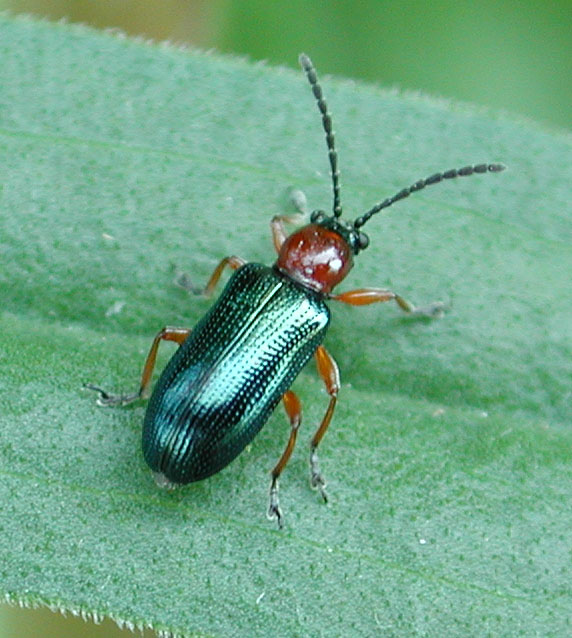Planting Depth
A seeding depth of 3.8 cm (1.5 in.) is generally a good target depth for soybeans. Seeding depth when planting early into no-till conditions can often be reduced to 2.5 cm (1 in.) if there is sufficient soil moisture. However, due to the high-water demand for germination, plant 1 cm into moisture (0.5 in.), but […]


